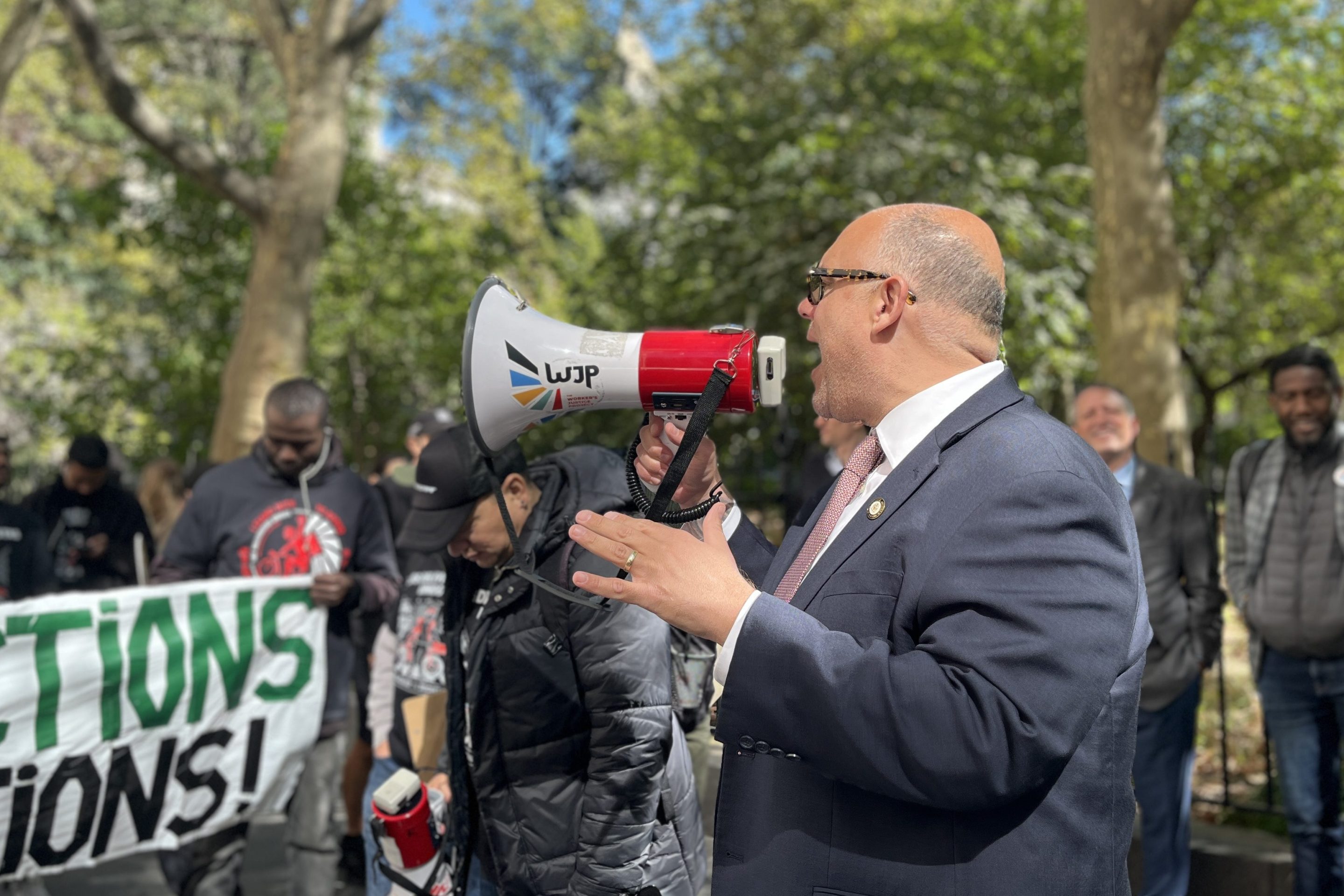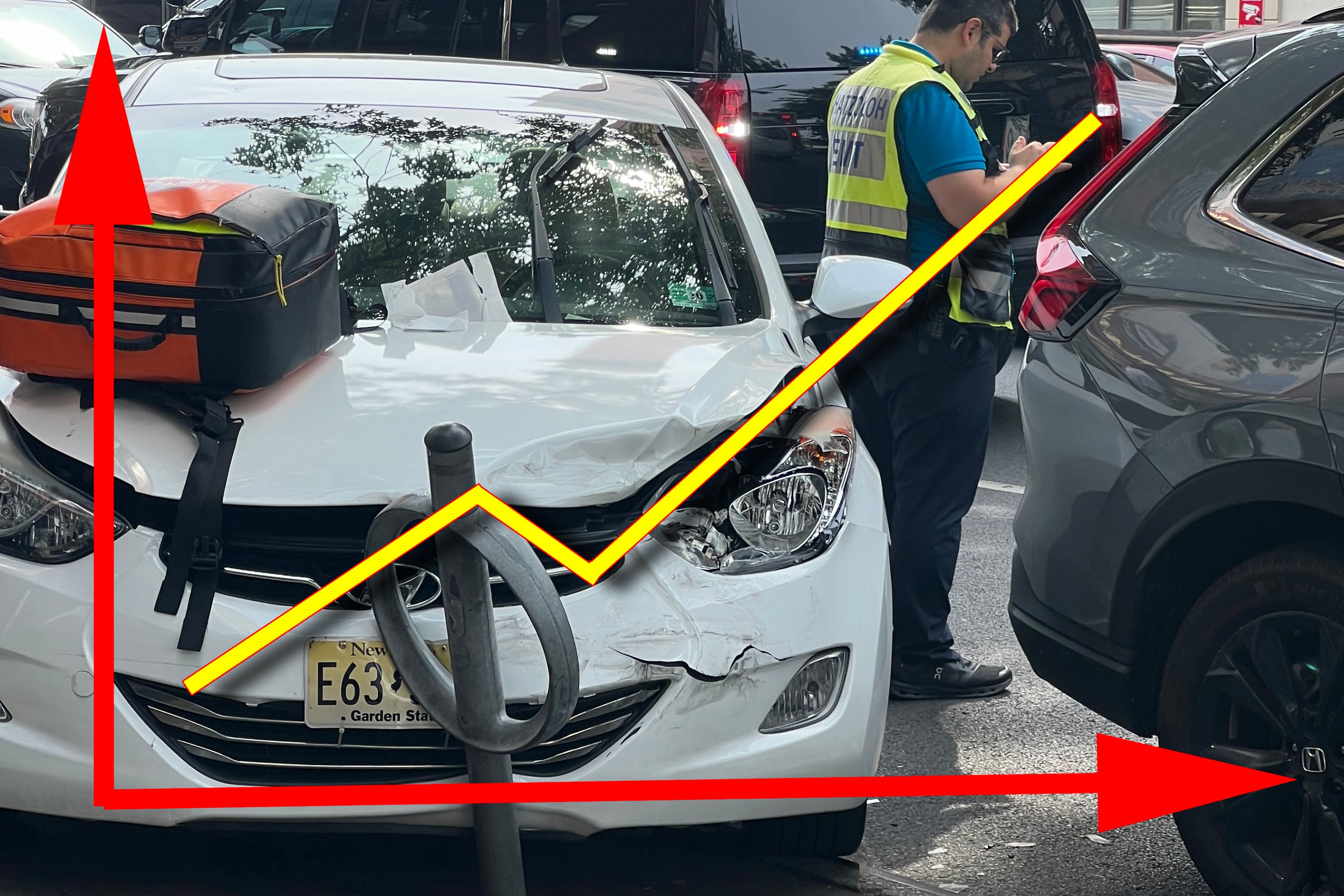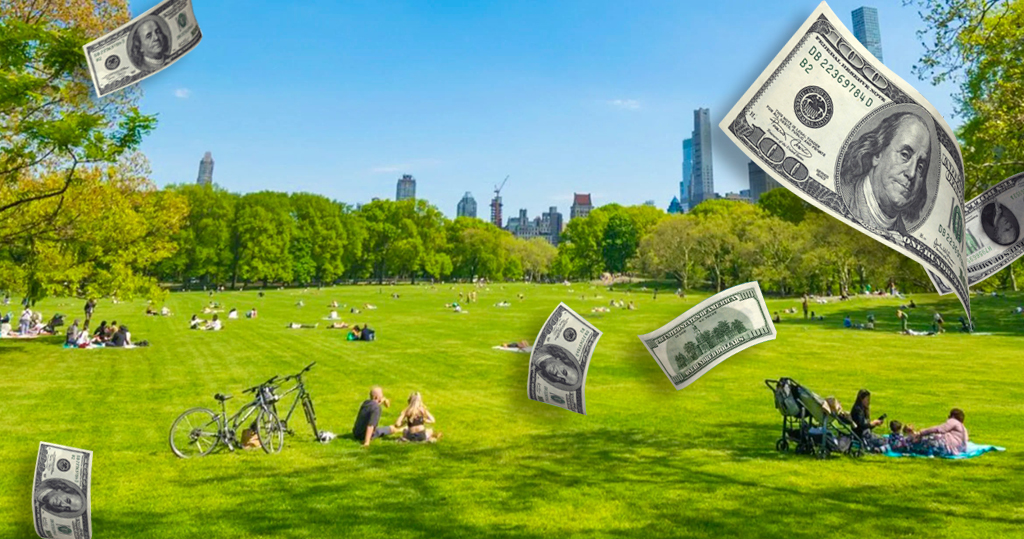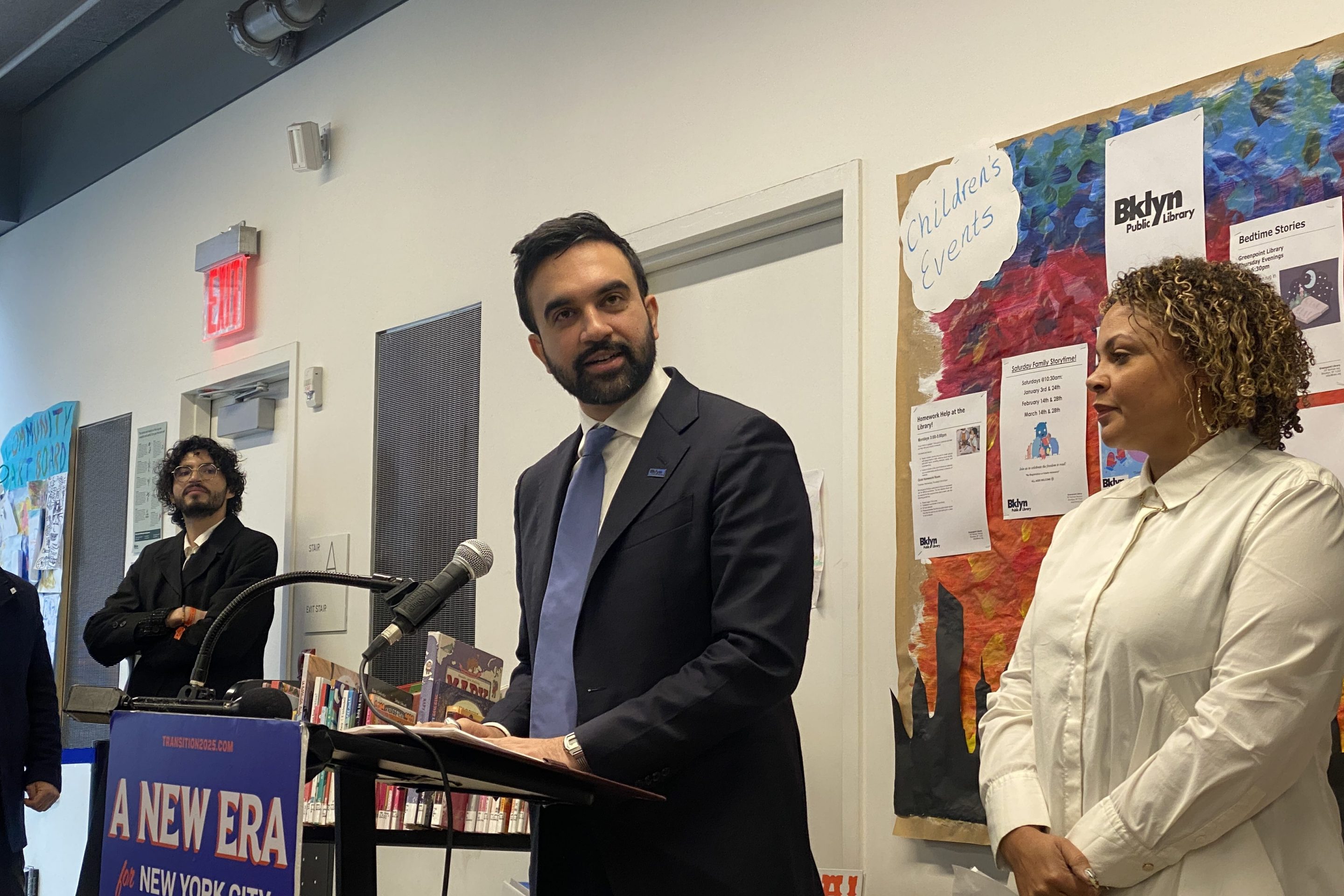People tend to identify most strongly with things that set them apart. If everyone’s doing something, it hardly seems worth calling attention to the fact that you do it too.
Which may be part of the reason it’s been hard for pedestrian advocacy organizations to build a strong identity around walking.
Urban cyclists are constantly aware of themselves as cyclists on streets that aren’t well designed for them. Folks walking the dog or going from the transit station to their office may not identify as strongly as pedestrians.
Maybe it’s the specialized equipment that builds a sense of identity. According to Jeff Miller, president of the Alliance for Biking and Walking, rates of association membership for snowmobilers in Maine, where he used to work, are far higher than rates of bicyclist association membership will ever be.
But walking is the default – it’s “the first and most fundamental form of transportation. Everybody is a pedestrian at some point in each day, even if it’s just walking from the car to the office.”
That’s how America Walks describes the challenge – and the purpose – of its campaign to foster walkability.
America Walks isn’t a new organization – it’s been around for 15 years. But it’s in the process of reinventing itself. It’s the only national organization dedicated exclusively to the rights of pedestrians. “It’s about people having places to walk to and using walking as their daily form of transportation, physical activity, and recreation,” says acting director Scott Bricker. “It’s about getting them up off couch and walking out the door.”
America Walks was created to support community-based pedestrian advocacy groups, but in their new draft strategic plan, released today for public comment, they acknowledge that it’s been slow going. [PDF]
Over the past fifteen years, however, only a limited number of pedestrian-only advocacy organizations have successfully staffed up and the America Walks membership has modestly increased to twenty-six organizations. Simultaneously, many other organizations have begun to integrate walking into their missions, including bicycle, youth, health, aging, business, development, equity, social justice, smart growth, and environmental groups.
So America Walks is making those lemons into lemonade. It’s transforming from a membership organization into a coalition of those groups that are beginning to recognize walkability as an important part of their own work. They include AARP, the American Heart Association, the Rails to Trails Conservancy, the Safe Routes to School National Partnership, the National Associations of Realtors, and the American Public Transportation Association. By 2012, America Walks hopes to increase its coalition from 70 current organizational members to 500, all coming to the table from a variety of perspectives.
Moving forward, America Walks is planning two national campaigns. One is aimed at reducing driving speeds and creating community speed-free zones. The other will work to increase pedestrian access to transit and jobs, especially for seniors, low-income people and people with disabilities.
The new strategic plan starts with a vision statement they’re hoping to get 25,000 people to sign onto:
By 2020, walking in everyday life is embraced across America. Streets and neighborhoods are safe and attractive public places that encourage people of all ages, abilities, ethnicities, and incomes to walk for exercise, recreation, and transportation. Walkable community policies promote health, economic vitality, environmental sustainability, and social equity.
If that's the future, it's also the past. After all, as America Walks points out, “In 1969 walking made up 40 percent of all transportation trips, but in 2008 walking trips decreased to 11 percent.” Although walking is good for our heart rates and waistlines, modern road design can make it hazardous to our health: in the past 15 years, 76,000 pedestrians have been killed.
“We need to create places where you feel safe and comfortable walking along the street and even in the street, playing in the street,” says Bricker. “Crossing the street needs to be easy, accessible and safe.” He points to simple additions like crosswalks, raised median islands, and countdown signals as innovations that immeasurably improve the pedestrian experience.
Funding for active transportation has risen dramatically from 0.1 percent of the federal transportation program in 1992 to 2 percent this year. Considering the fact that 11 percent of all trips are by foot, America Walks wants to make sure walking gets its fair piece of the pie.
And though creating a strong identity among walkers can be challenging, Bricker says, “We don’t hear people saying, ‘this is not important, walking is not part of the transportation system.' People understand that walking is a fundamental part of life.”
To have your say on America Walks' draft strategic plan, read it here: [PDF].






